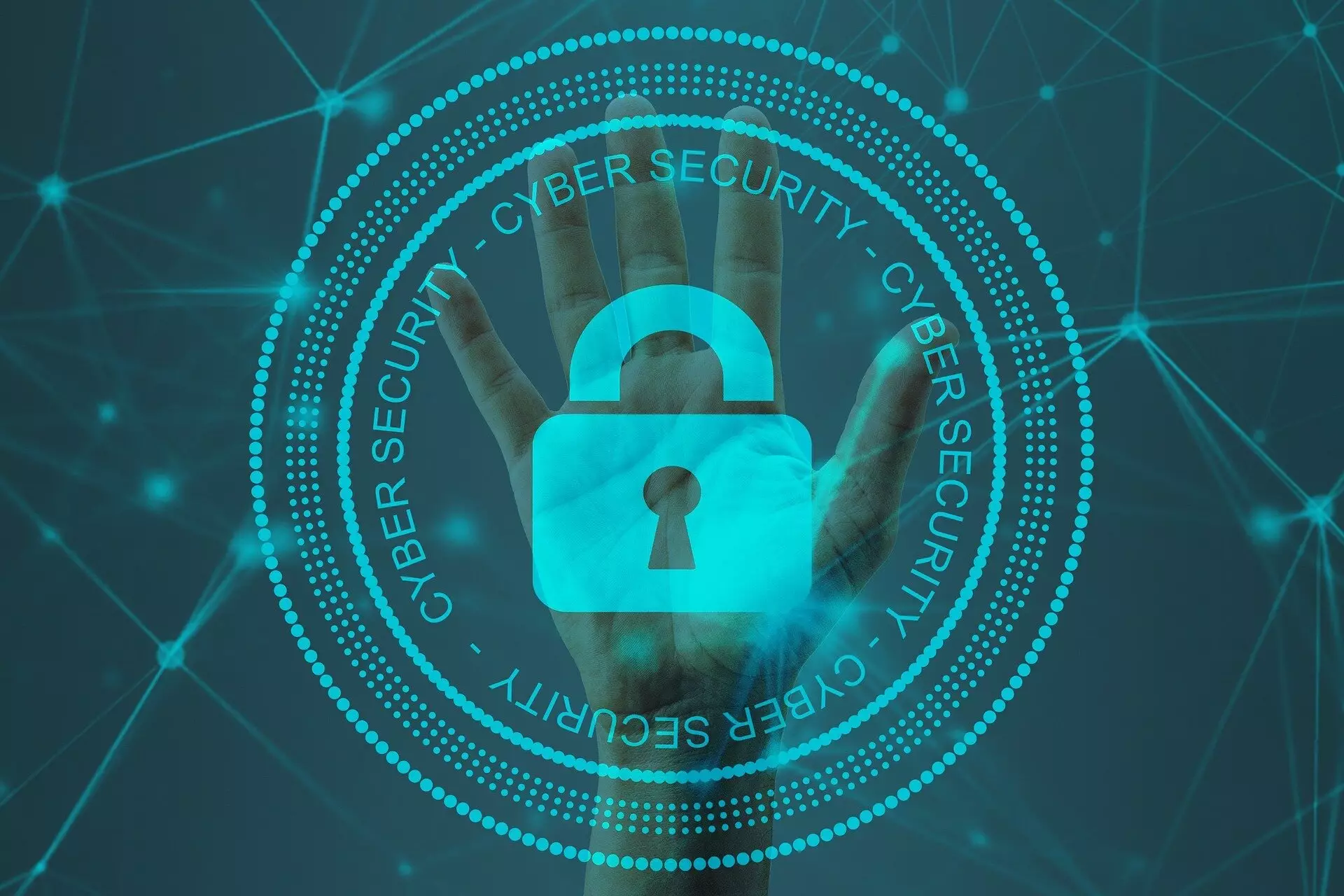On July 18, 2024, an unprecedented cybersecurity incident shook the digital realm, affecting approximately 8.5 million computers worldwide. This event, triggered by an erroneous sensor configuration update from CrowdStrike, a leading US-based cybersecurity technology firm, illuminated the vulnerabilities inherent in both technological and regulatory frameworks surrounding global cyber infrastructure. As various sectors, including airlines, government agencies, healthcare systems, and banks, faced operational paralysis, it became clear that the implications of this event were far-reaching.
The Association for Computing Machinery’s US Technology Policy Committee (USTPC) expressed grave concern regarding the need for a comprehensive investigation into the causes of this cyber mishap. Their statement emphasized that merely understanding the event’s occurrence is insufficient; the broader implications necessitate an extensive inquiry to bolster preventive measures against future lapses.
Jody Westby, CEO of Global Cyber Risk LLC and co-author of the USTPC Statement, articulated a critical insight: the incident serves as a stark reminder of the fragility underlying our modern technical infrastructure. Despite the deployment of advanced security technologies, the CrowdStrike incident demonstrated a glaring weakness that could no longer be ignored. Herein lies a paradox—while innovative solutions are continuously developed to enhance cybersecurity, the systems designed to safeguard this technology remain perilously vulnerable to failures stemming from human error or unexplained software behavior.
Moreover, Westby highlighted the gaping holes in our legal and policy structures when it comes to responding to crises like these. The current frameworks do not suffice in addressing the intricacies and challenges posed by rapid technological advancements. Therefore, a concerted effort is required to develop robust regulations and guidelines that can keep pace with innovation in the cybersecurity landscape.
The global dimension of the outage underscored another pressing need: improved international cooperation and coordination in response to cybersecurity incidents. As the USTPC noted, different governments and companies were largely left to fend for themselves during the crisis, with little cohesive guidance or support available. This stark reality indicates that the international community must enhance its collaborative measures for information sharing and developing unified responses to cyber threats.
In a world where borders are increasingly irrelevant in the digital domain, countries must align their cyber policies and resources to effectively strategize against potential threats. A fragmented approach not only weakens individual nations but poses a broader risk to global stability.
The Imperative for Lesson Learning
Carl Landwehr, a visiting professor at the University of Michigan and fellow co-author of the ACM Statement, asserted that while the fallout was alarming, it should not have been completely unexpected to those knowledgeable in the field. This brings us to the core issue: a lack of thorough lessons learned from previous incidents. Computer scientists and cybersecurity experts argue that unless this event is scrutinized, future incidents remain inevitable.
The USTPC outlined eight pivotal questions aimed at guiding a public investigation into the CrowdStrike incident, focusing on liability and procedural inadequacies. Notable inquiries include: What preemptive measures led to some systems sustaining operations while others did not? Why was a software update permitted release without rigorous testing protocols? Such questions stand as critical building blocks in understanding how to create more resilient systems and adopt best practices for automatic updates.
In advancing the discussion around cybersecurity, the USTPC underscores the crucial necessity for a thorough and transparent investigation, ideally led by the US government’s Cyber Safety Review Board (CSRB). This incident serves as a call to action for technologists, policymakers, and system operators to collectively engage in redefining our approach to cybersecurity.
As we continue to navigate an increasingly complex digital landscape, receiving clear guidance and establishing effective policies will be pivotal in mitigating future risks. The CrowdStrike incident has laid bare the inefficiencies and vulnerabilities of our current systems, but with appropriate scrutiny and the commitment to learn from our failures, we can forge a path toward a more secure and robust cyber infrastructure.


Leave a Reply